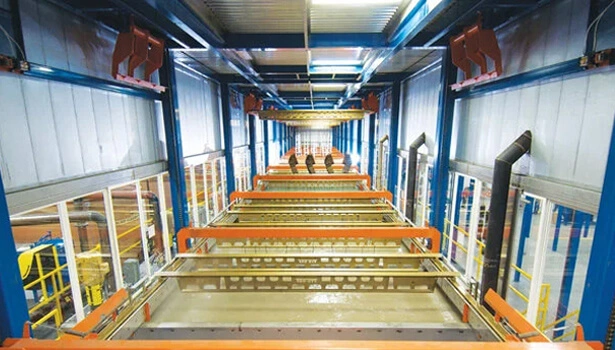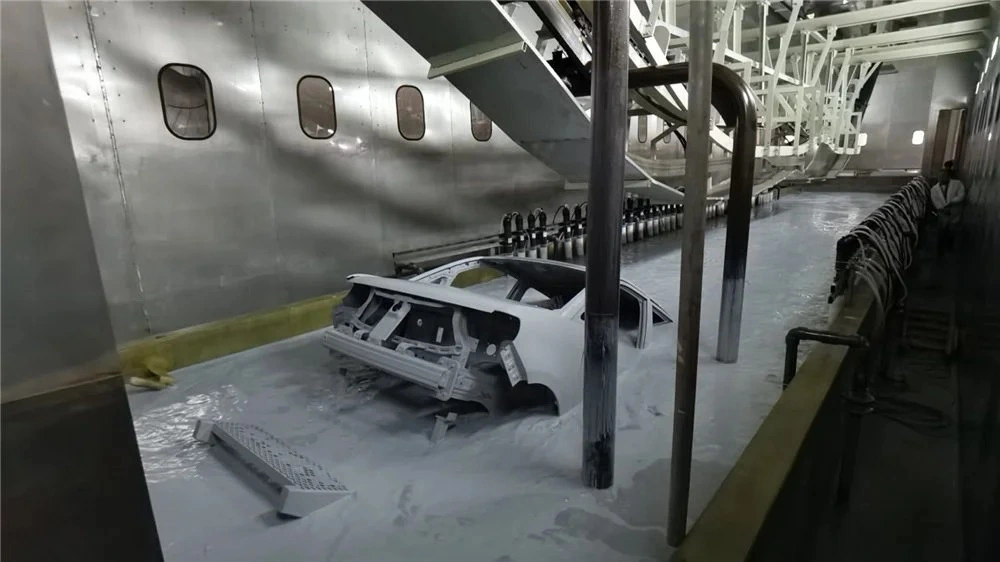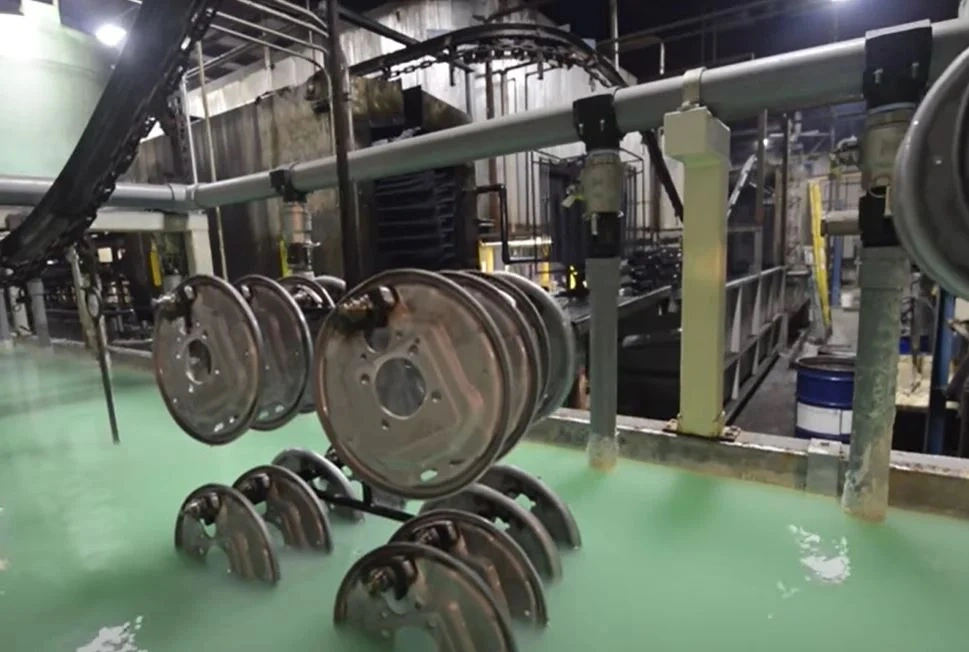In today's fast-paced industrial landscape, efficiency and precision are paramount. Whether you're in automotive manufacturing, aerospace, or consumer goods, achieving a flawless finish is non-negotiable. Enter the painting robot—a game-changer in automation that's transforming how businesses approach surface treatment, especially in the international powder coating domain. As industries strive for higher quality, reduced waste, and cost-effectiveness, these robotic systems have emerged as indispensable tools. In this article, we'll dive into seven groundbreaking applications of painting robots, explore key considerations for selection, and highlight how HANNA, a leading manufacturer, provides tailored solutions to meet diverse needs. If you're curious about the cost, benefits, or where to find reliable options for sale, you've come to the right place. Let's unravel the future of automated painting together!
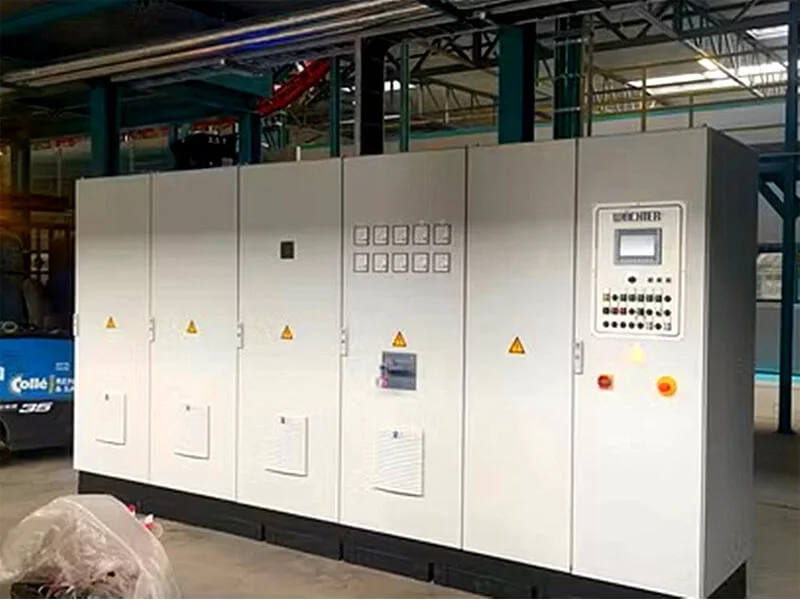
What Is a Painting Robot and How Does It Work?
A painting robot is an automated system designed to apply coatings—such as paints, primers, or powder coatings—with exceptional accuracy and consistency. Unlike manual spraying, which relies on human skill and is prone to errors, these robots use advanced programming, sensors, and articulated arms to execute complex tasks. In powder coating, a process where dry powder is electrostatically applied and cured to form a durable finish, painting robots excel by ensuring uniform coverage, minimizing overspray, and adapting to various part geometries. Typically, they integrate with vision systems to detect part positions and adjust paths in real-time, making them ideal for high-volume production lines. For businesses, this translates to enhanced productivity and reduced rework, positioning painting robots as a smart solution for modern manufacturing challenges.
Top 7 Applications of Painting Robots in Powder Coating
Automotive Components Manufacturing
In the automotive sector, painting robots are widely used for coating parts like engine blocks, wheels, and chassis. They provide a consistent layer of powder coating that resists corrosion and wear, meeting stringent industry standards. By automating this process, companies can handle high throughput while maintaining quality, reducing the cost associated with defects.
Aerospace and Defense Equipment
Precision is critical in aerospace, where components must withstand extreme conditions. Painting robots apply specialized powder coatings to aircraft parts, ensuring even coverage on complex shapes. This application enhances durability and safety, with manufacturers like HANNA offering solutions that comply with rigorous certifications.
Furniture and Wood Products
For furniture makers, achieving an aesthetic and protective finish is essential. Painting robots automate the coating of items like metal frames and wooden surfaces, allowing for custom colors and textures. This not only speeds up production but also reduces material waste, making it a cost-effective choice for businesses looking to scale.
Electronics and Consumer Goods
From smartphone casings to home appliances, painting robots deliver sleek, uniform finishes that appeal to consumers. In powder coating, they prevent static buildup and provide insulation, crucial for electronic devices. This application highlights how automation supports mass customization without compromising on quality.
Industrial Machinery and Equipment
Heavy machinery requires robust coatings to prevent rust and damage. Painting robots excel in applying thick, even layers of powder coating on large surfaces, such as construction equipment. This ensures longevity and reduces maintenance costs, offering a solid return on investment for industrial players.
Architectural and Building Materials
In construction, items like aluminum windows, steel beams, and fencing benefit from powder coating for weather resistance. Painting robots handle these large-scale projects with ease, adapting to different sizes and shapes. This application demonstrates their versatility and efficiency in meeting tight deadlines.
Medical Device Manufacturing
Hygiene and precision are vital in medical equipment. Painting robots apply biocompatible powder coatings to devices like surgical tools and hospital beds, ensuring smooth, sterile surfaces. This not only improves product safety but also aligns with regulatory requirements, making it a preferred solution for health-focused industries.
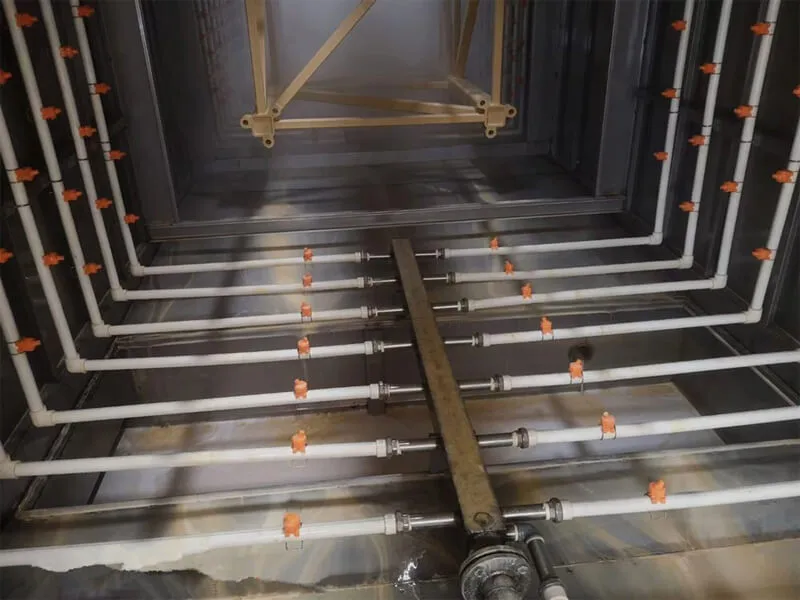
Key Benefits: Why Invest in a Painting Robot?
The adoption of painting robots brings numerous advantages, particularly in powder coating. First, they boost efficiency by operating 24/7 with minimal downtime, significantly increasing output. Second, quality consistency is unparalleled—every part receives the same precise coating, reducing rejects and rework. This leads to substantial cost savings over time, as less material is wasted and labor costs decrease. Additionally, painting robots enhance workplace safety by minimizing human exposure to hazardous fumes and repetitive tasks. For businesses, this means a faster return on investment and a competitive edge. When considering a sale or purchase, it's clear that these systems are more than just tools; they're strategic assets that drive growth.
How to Choose the Right Painting Robot: A Buyer's Guide
Selecting the ideal painting robot involves several factors to ensure it aligns with your operational needs. Start by assessing your production volume and part complexity—high-mix, low-volume setups might require flexible robots, while mass production benefits from dedicated systems. Next, evaluate the cost, including initial purchase, installation, and maintenance. Look for manufacturers who offer comprehensive solutions, such as HANNA, which provides tailored support and training. Key features to consider include payload capacity, reach, and integration capabilities with existing powder coating lines. Don't forget to check for after-sales services, like technical support and spare parts availability, to avoid downtime. By doing thorough research, you can find a painting robot that maximizes your investment and meets specific powder coating demands.
Cost Analysis: Understanding the Investment in Painting Robots
When it comes to cost, painting robots vary widely based on size, features, and brand. On average, a basic system might start at $50,000, while advanced models with integrated vision and AI can exceed $200,000. However, the total cost should include factors like installation, training, and ongoing maintenance, which might add 10-20% to the initial price. Despite the upfront expense, the return on investment (ROI) is compelling. For instance, businesses often see a 30-50% reduction in labor costs and a 20% decrease in material usage due to reduced overspray. In powder coating applications, this translates to lower operational costs and higher profitability over time. If you're exploring options for sale, consider financing or leasing plans offered by manufacturers like HANNA to ease the financial burden.
HANNA: Your Trusted Partner in Painting Robot Solutions
As a renowned manufacturer in the automation industry, HANNA stands out for its innovative painting robot solutions. With decades of experience, HANNA designs robots that excel in powder coating environments, offering features like high-speed application, customizable programming, and eco-friendly operations. Their solutions are backed by robust customer support, including installation, training, and maintenance services, ensuring seamless integration into your production line. Whether you're a small workshop or a large corporation, HANNA provides scalable options for sale that fit your budget and needs. By choosing HANNA, you're not just buying a painting robot—you're investing in a partnership dedicated to your success.
Future Trends in Painting Robotics for Powder Coating
The future of painting robots is bright, with trends like AI-driven optimization, IoT connectivity, and sustainable practices shaping the industry. For example, AI can predict maintenance needs and adjust coating parameters in real-time, further reducing costs and improving efficiency. In powder coating, we're seeing a push toward water-based and low-VOC powders, which painting robots can apply with precision, supporting environmental goals. As technology evolves, manufacturers like HANNA are at the forefront, developing smarter solutions that adapt to changing market demands. Staying informed on these trends can help businesses make proactive decisions and maintain a competitive edge.
Frequently Asked Questions (FAQs)
Q1: What is the average lifespan of a painting robot, and how does maintenance affect its cost?
A1: The average lifespan of a painting robot is typically 10-15 years with proper maintenance. Regular upkeep, such as cleaning nozzles, calibrating sensors, and replacing wear parts, can add about 5-10% to the annual operating cost. However, this investment prolongs the robot's life and ensures consistent performance, making it a worthwhile expense for long-term savings.
Q2: Can painting robots be integrated into existing powder coating lines without major disruptions?
A2: Yes, most modern painting robots are designed for easy integration into existing powder coating lines. Manufacturers like HANNA offer customized solutions that include compatibility assessments and phased installation to minimize downtime. With proper planning, businesses can upgrade their operations smoothly and start benefiting from automation quickly.
Q3: How do painting robots handle complex part geometries in powder coating applications?
A3: Painting robots use advanced programming and 3D vision systems to adapt to complex part geometries. They can follow intricate paths and adjust spray patterns in real-time, ensuring even coverage on uneven surfaces. This capability is especially valuable in powder coating, where consistency is key to achieving a durable finish.
Q4: What factors influence the cost of a painting robot, and are there affordable options for small businesses?
A4: The cost of a painting robot depends on factors like size, payload, automation level, and brand. For small businesses, there are affordable options, such as refurbished models or entry-level systems, which can start at around $30,000. Additionally, manufacturers like HANNA often provide financing plans, making it easier to access these solutions without a large upfront investment.
Q5: What after-sales support can I expect from a manufacturer like HANNA when purchasing a painting robot?
A5: When you purchase a painting robot from HANNA, you can expect comprehensive after-sales support, including installation, operator training, technical assistance, and access to spare parts. They also offer maintenance contracts and remote monitoring solutions to prevent issues and ensure optimal performance, giving you peace of mind and maximizing your ROI.
In conclusion, painting robots are revolutionizing the powder coating industry with their precision, efficiency, and adaptability. From automotive to medical applications, these systems offer tangible benefits that justify their cost. If you're considering a sale or upgrade, partnering with a trusted manufacturer like HANNA can provide the solutions you need to thrive. Embrace the future of automation and watch your business reach new heights!



